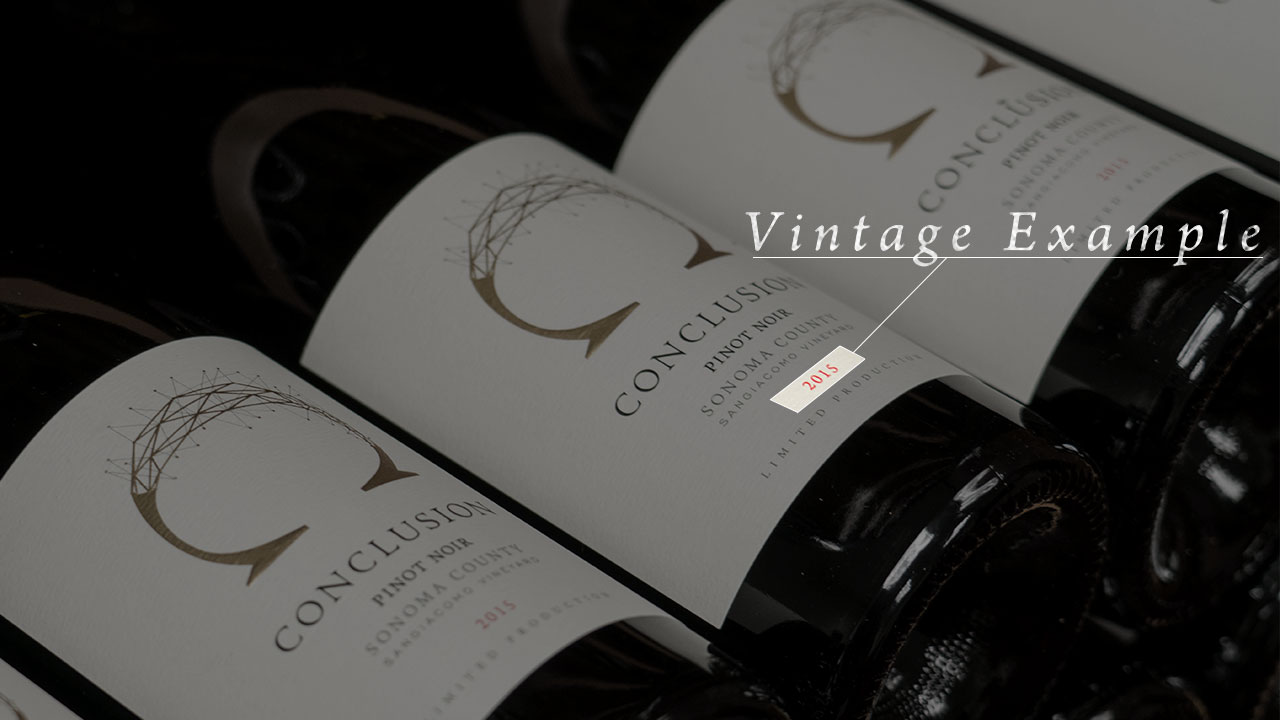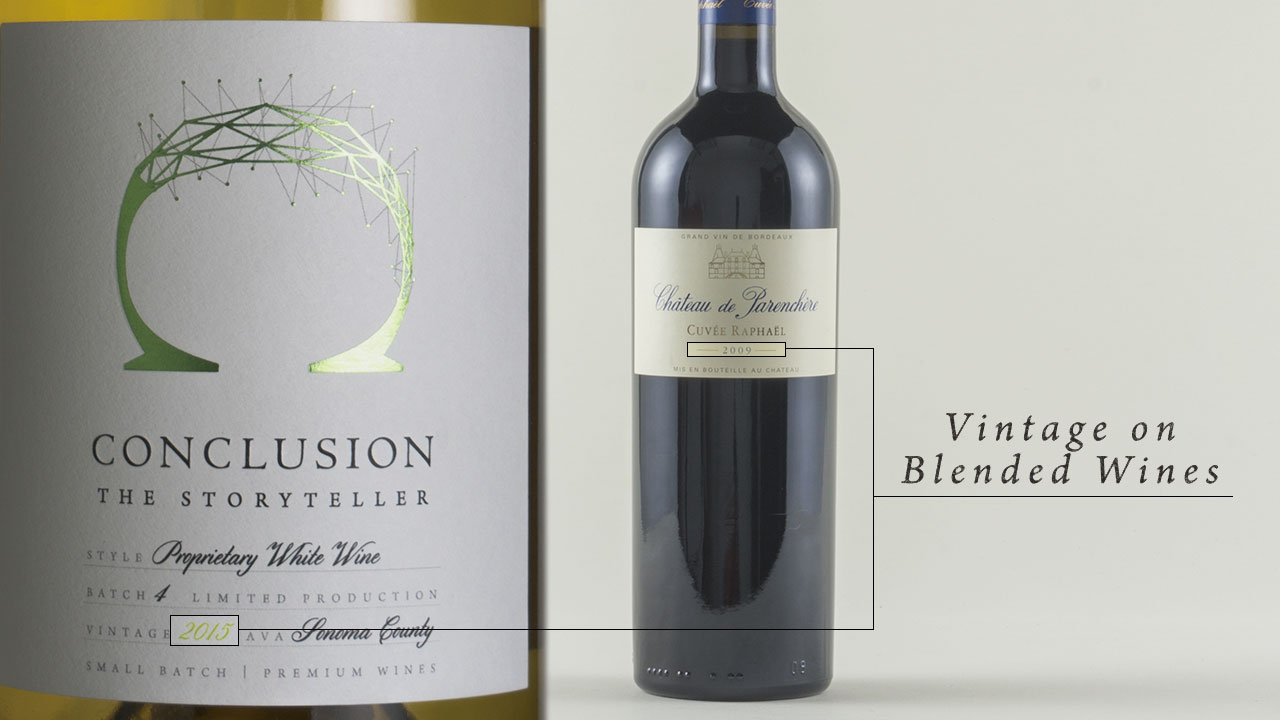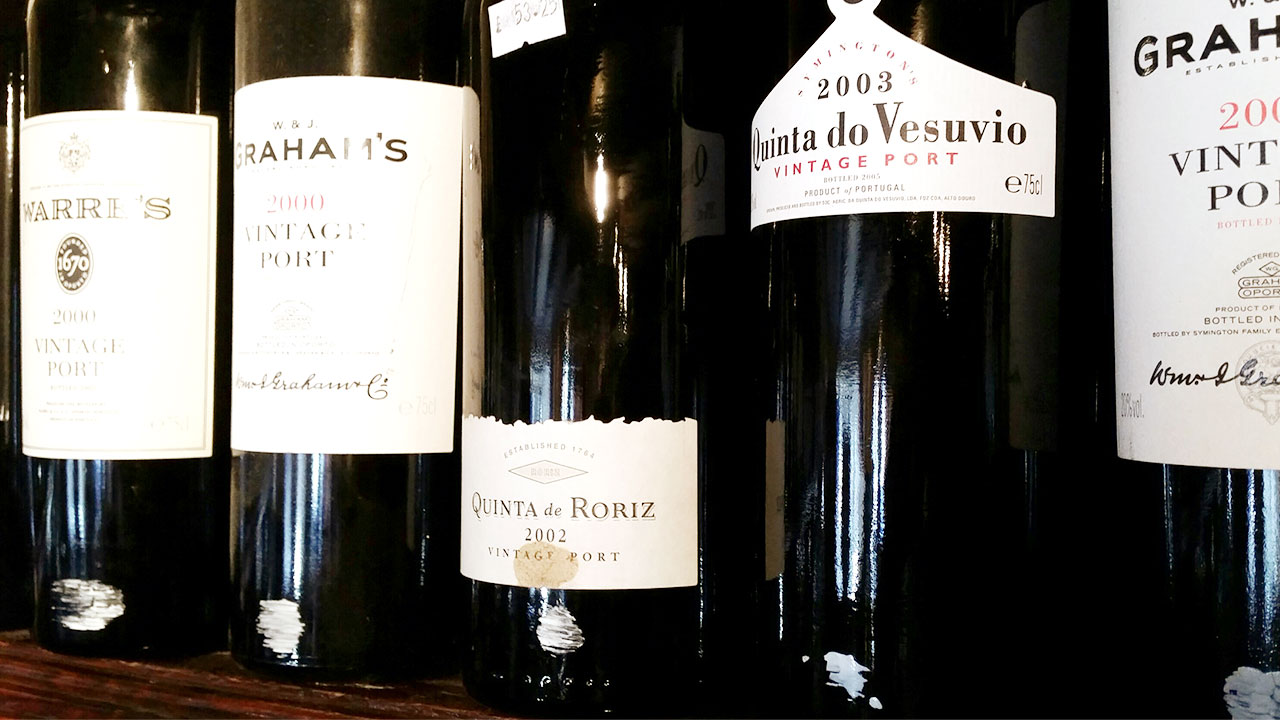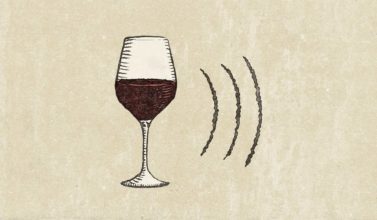In 1328, France was at a turning point in the country’s history. The English were trying to lay claim to Guyenne, a province that included the wine region we know now as Bordeaux.
Then, King Charles IV passed away at the age of 33. He was survived only by his pregnant wife. When their child was born, a daughter they named Mary, the question for who would take control of the French crown followed. Just twelve years before, the French had enacted a rule against female succession, so the king’s wife was out of the running.
King Charles IV’s closest blood relative was Edward III of England. With tensions already rising over the English claim on Guyenne, this struggle over who should claim the throne of France was the tipping point.
In 1337, these tensions broke out into conflict on the tiny island of Cadzand, which is in modern-day Denmark just to the north of France. This was the first battle between France and England in what we now refer to as The Hundred Years’ War—a conflict that lasted from 1337 until 1453.
Amazingly, it’s with this backdrop of a struggle for the very existence of France itself that French winemakers started to shift away from a term they’d used to refer to harvesting grapes for wine. It used to be vindemia, which comes from two Latin words: vinum, meaning “wine” and demere, meaning “to remove”. Vinum itself was a variation of another Latin term, vinea, which simply means “vine” or “vineyard”.
Perhaps the French winemakers wanted to stop using Latin in favor of French in an attempt to feel more unified as a country while at war. We’ll likely never know the real cause for the change.
What we do know is that it was in the early 1400s when French winemakers started using a new word, vendage. As the Old French language evolved over the centuries, so too did the word vendage.
The term vintage is based on vendage. In the 1880s, things got a little more confusing when people started using the vintage outside the world of wine to refer to anything of an earlier time. It became synonymous with the word antique to symbolize age.
With that little bit of the history behind the word, the word vintage starts to become clear: the vintage of a wine is when the grapes were harvested.
Vintage for Wine Today

Winemakers today use the vintage on a wine bottle to let you know what year the grapes were that went into the wine you’re about to drink.
Since great grapes make great wine, it’s important to know not only where your wine was made, but also when it was made. The same region might have a great year followed by a harsh drought that makes for a poor year. That’s why you see vintages on bottles of wine today.
Of course, no one expects you to remember how each wine region across the world did for each year. That’s where vintage charts come into play.
With a vintage chart, such as this one from Wine Spectator, you can get a sense for how good a particular year was for the grape harvest.
Here's Where It Gets Confusing

Blended wines throw a wrench in the whole vintage system. How are you supposed to know the vintage for your wine if you’re drinking a wine that was made up of grapes from multiple vineyards across multiple years?
Since wine is a global industry with countless regulations and standards across different countries, unfortunately there’s not a single answer to this question. To confuse things a little bit more, depending on the type of wine you’re drinking, vintage may mean different things.
For wines produced in the United States, if there is a vintage on a bottle, by law, 85% of the wine has to be from that year. Meaning 85% of the grapes that went into producing the wine were harvested in the vintage year on the bottle.
Of course, it’s not always that simple.
The 85% rule only applies to United States wines outside of an American Viticultural Area (AVA). Inside an AVA, 95% of the grapes have to be from the vintage on the bottle. There’s currently 206 AVAs in the United States, including Napa Valley, so there’s a good chance if you’re drinking wine from the U.S., it has to adhere to the 95% rule.
Exceptions to the Rule

Two of the most notable exceptions to everything we’ve learned so far are Champagne and Port.
For Champagne, there’s usually not a vintage date. That’s because Champagne is typically a blend that’s made from grapes of different years.
The purpose of Champagne is to get a consistent flavor, or house style, from the brand. To do this, the producer will use whatever vintages it needs to achieve this taste.
But sometimes you’ll find a vintage date on Champagne. This is referred to as Vintage Champagne, and basically this means the grapes that year were so good that the winemaker was able to achieve the house style taste without having to do any blending. As you might expect, Vintage Champagne is more expensive because it’s much more rare.
Port is very much the same. Since the dawn of Port, the process of making it has involved blending many grapes together. So there’s two types of dates you’ll run across with Port. If it’s a Vintage Port, like Champagne, this means the grapes were really good that year and all of the grapes used are from the same year.
If it’s not a Vintage Port, you might come across a date on a bottle of port. This isn’t a vintage, but rather the average age of the grapes used. For the sake of simplicity, a 20 year Port could mean 50% of the grapes were 10 years old and 50% were 30 years old.




Leave a Comments